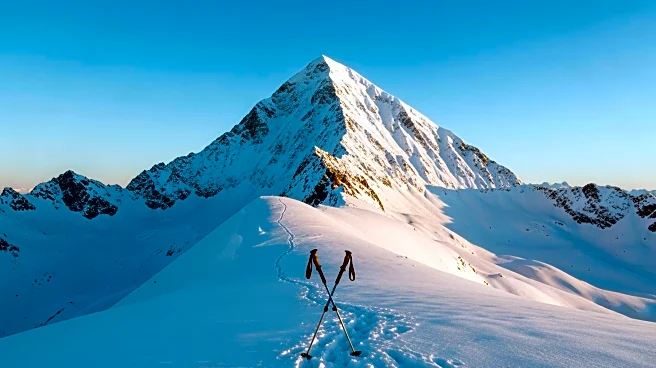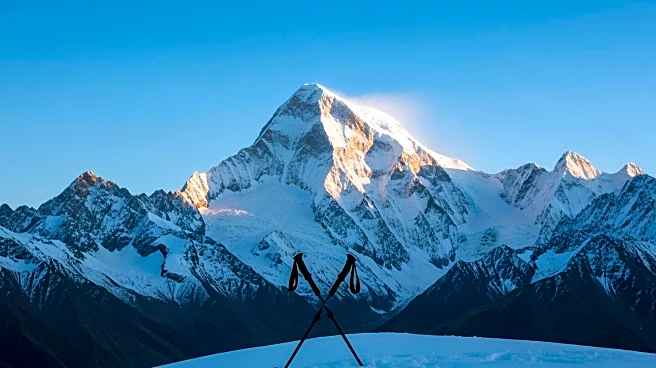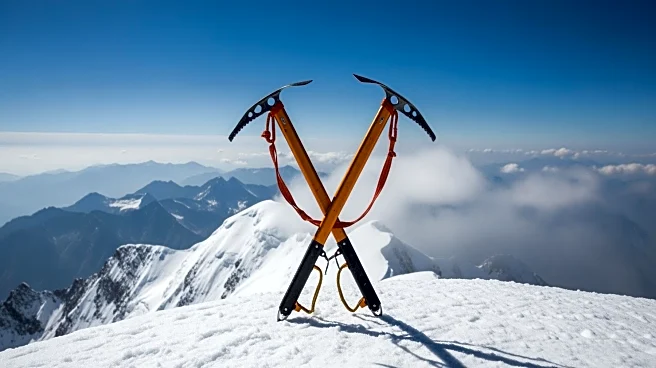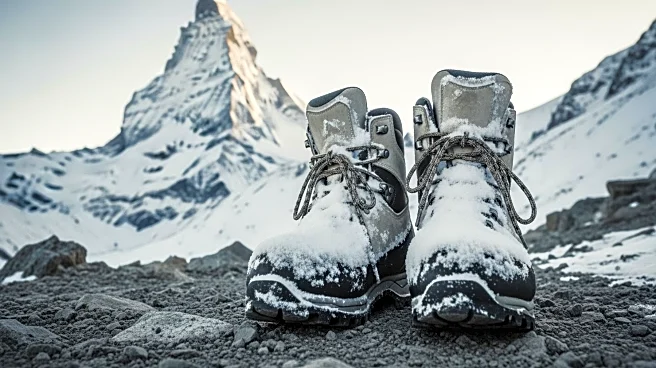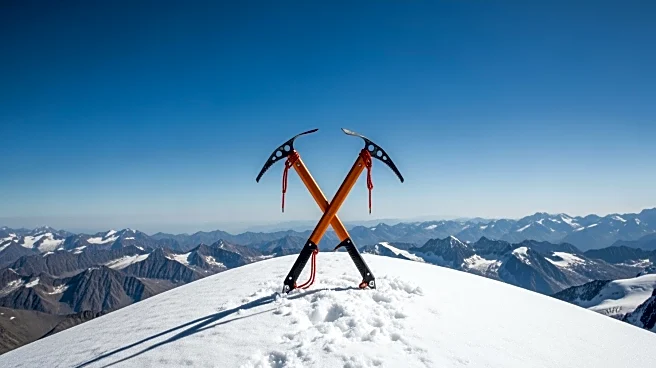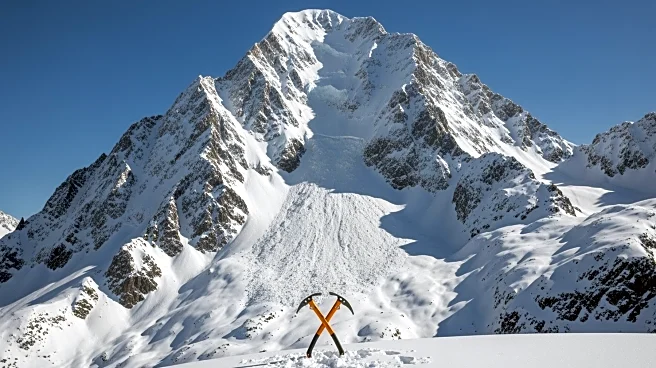What's Happening?
An avalanche struck the base camp of Yalung Ri, a Himalayan peak in Nepal, resulting in the deaths of three U.S. citizens, along with a Canadian, an Italian, and two Nepali nationals. The incident occurred
as a group of 15 climbers, including foreign climbers and Nepali guides, were ascending the peak. The avalanche hit approximately one and a half hours into their climb on a steep ice slope. Rescue operations are underway, but adverse weather conditions and restricted flight zones are hampering efforts. Four individuals were injured, and four others remain missing. The Nepal Army, Nepal Police, and Armed Police Force are involved in the search and rescue operations.
Why It's Important?
This tragic event highlights the risks associated with adventure tourism in Nepal, a popular destination for climbers and trekkers. The country has seen a series of avalanches recently, prompting concerns about the safety of tourists. In October, the Nepali Army rescued over 1,500 people, including 200 foreigners, from various regions affected by avalanches. The latest incident underscores the need for improved safety measures and protocols to protect climbers and tourists. The impact on Nepal's tourism industry could be significant, as safety concerns may deter potential visitors, affecting local economies reliant on tourism.
What's Next?
Nepali authorities are expected to continue search and rescue operations as daylight resumes. There is anticipation regarding the release of the victims' names. The incident may prompt discussions on enhancing safety measures for climbers and tourists in Nepal. Stakeholders, including government agencies and tourism operators, may need to reassess current protocols and consider implementing stricter safety guidelines to prevent future tragedies.
Beyond the Headlines
The avalanche incident raises ethical questions about the responsibility of tour operators and local authorities in ensuring the safety of adventure tourists. It also highlights the challenges faced by rescue teams in remote and high-altitude areas, where adverse weather conditions can impede operations. Long-term, this event could lead to increased scrutiny of Nepal's adventure tourism industry and potentially stricter regulations to safeguard tourists.
